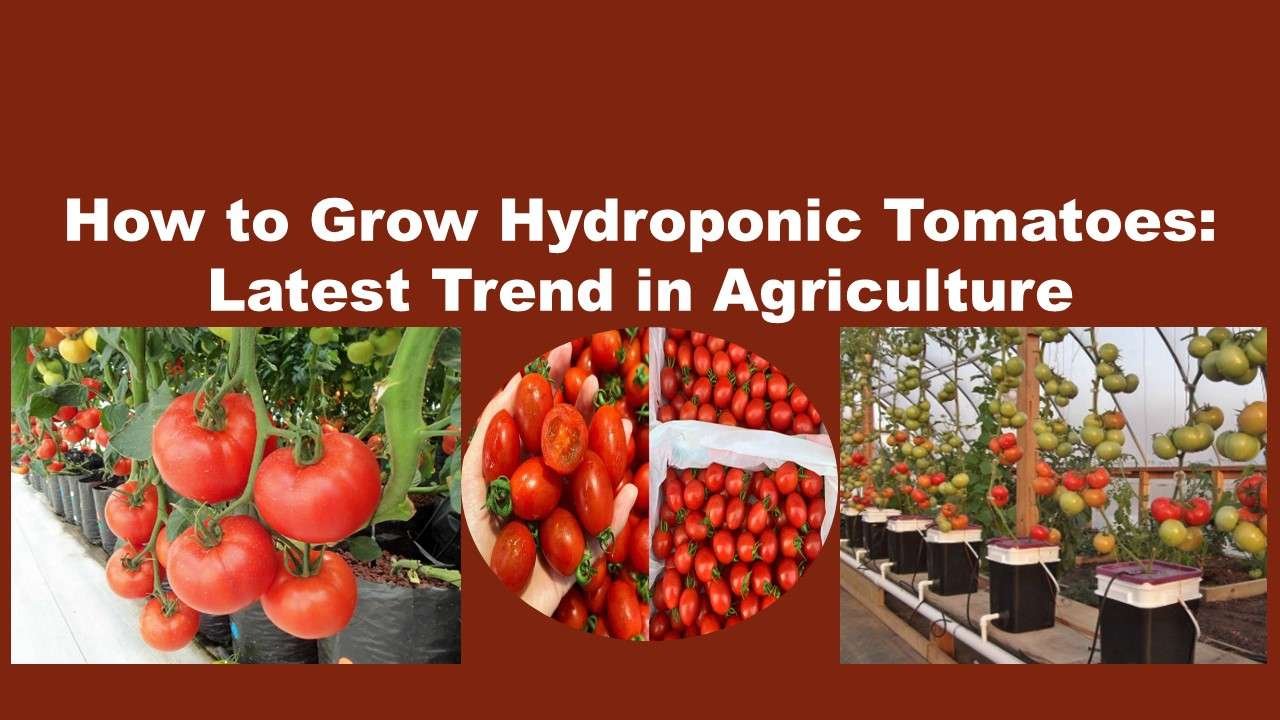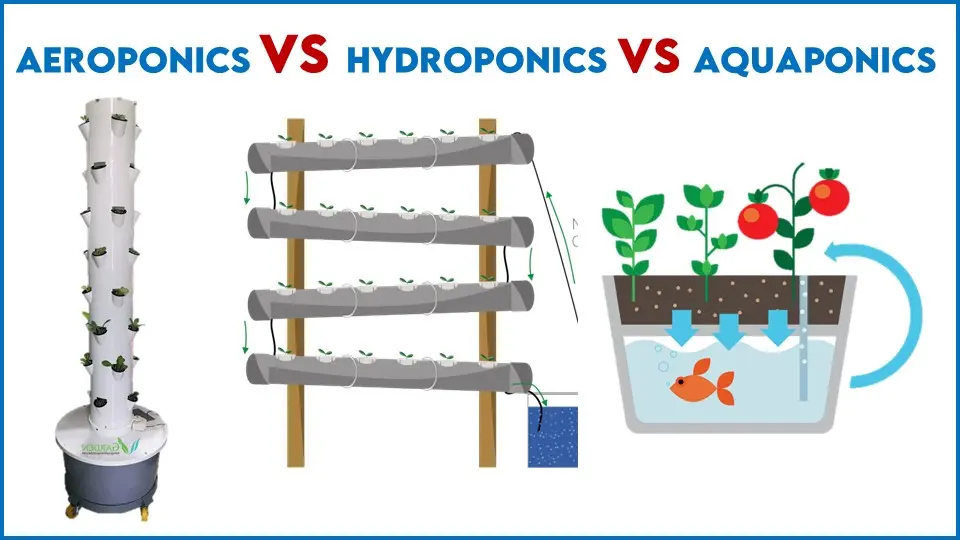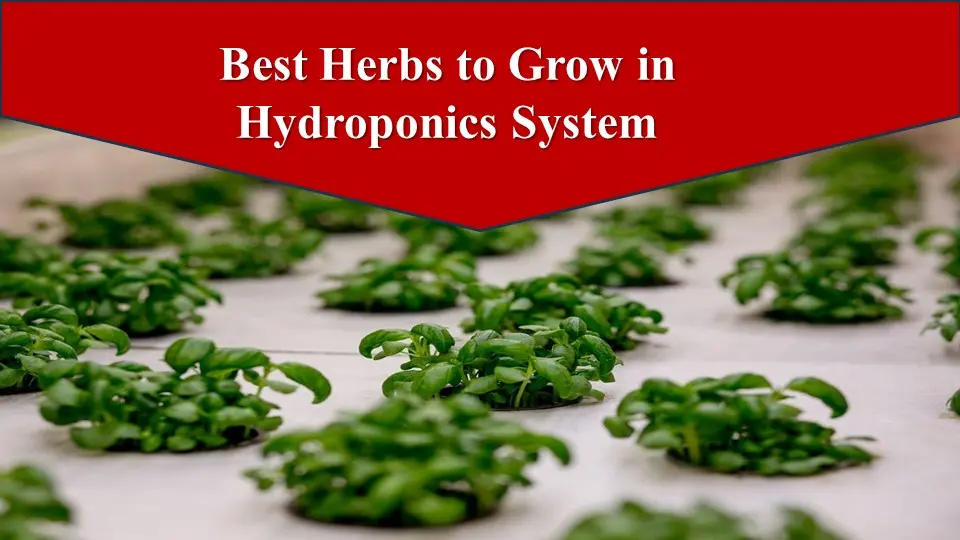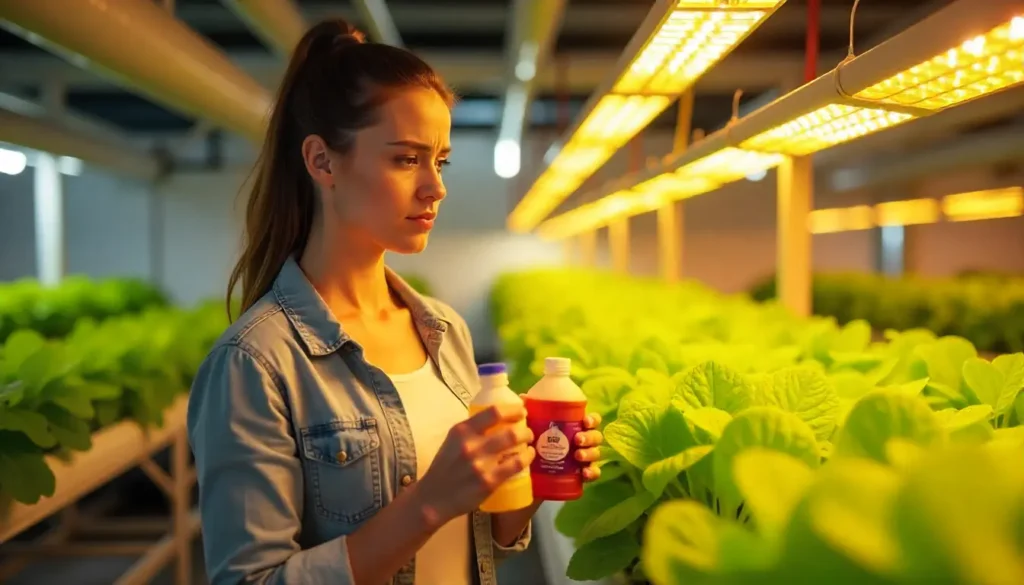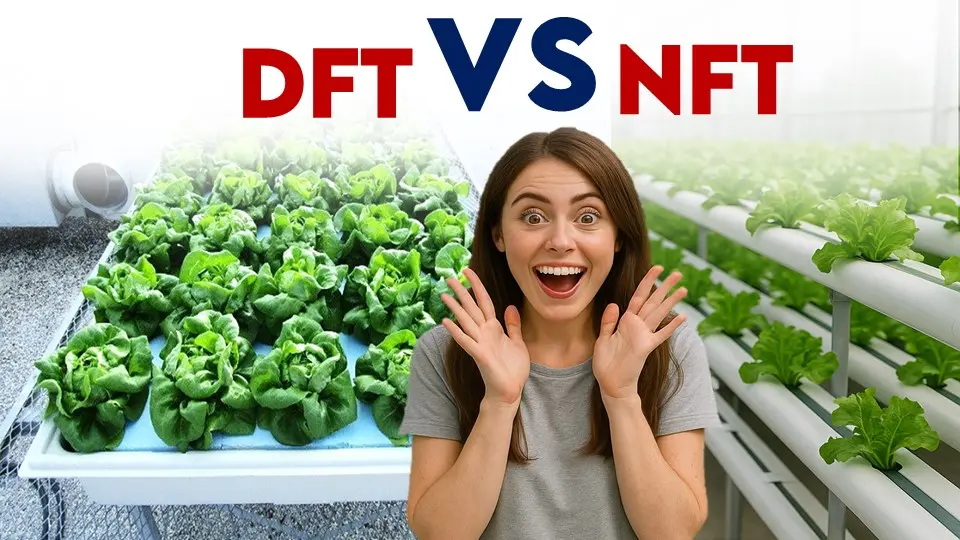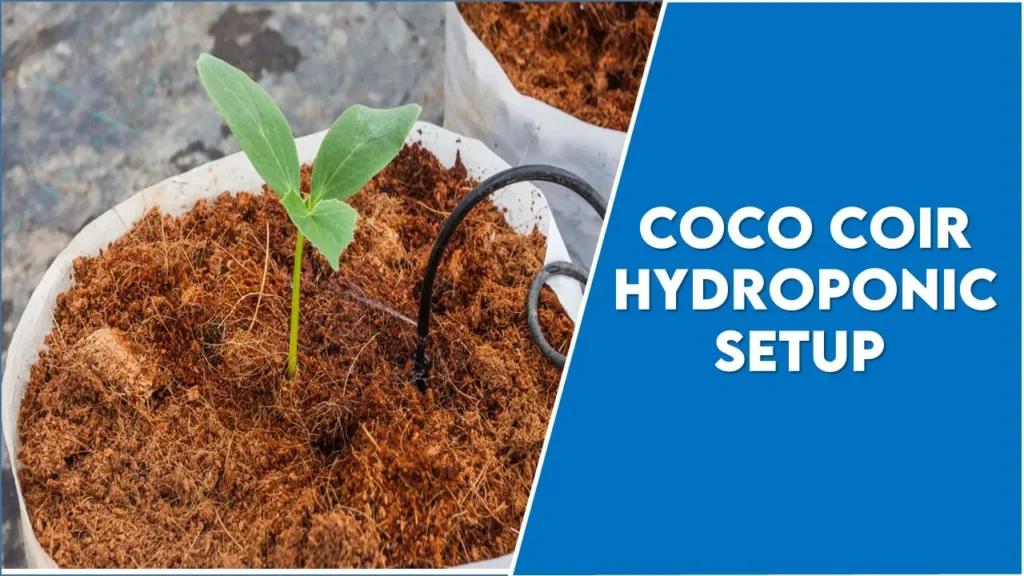How to Grow Hydroponic Tomatoes: Latest Trend in Agriculture
How to Grow Hydroponic Tomatoes: Conventional field cultivation of tomatoes, employing fertilizer broadcasting and irrigation, faces economic challenges due to both quantitative and qualitative limitations in plant yield. In contrast, advanced soilless cultivation systems like hydroponics(growing hydroponic tomatoes) involve fertigation, aeroponic systems, where plant root systems grow in air periodically filled with a nutrient solution, nutrient film technique (NFT), where a thin film of the surrounding medium serves as the root growth medium offer greater economic viability.
Soilless cultures utilise minerals which possess low solid phase content and maintain stable air and water properties. Currently, mineral substrates like rockwool which is created by melting a natural rock mixture of diabase (60%) and calcium (20%) with coke (20%) at temperatures ranging from 1500 to 1600°C classified as a mineral substrate, fits these criteria. It has been produced for plant cultivation systems since 1969 by I/S H.J. Henriksen and V. Kähler in Denmark, gaining popularity due to their precise plant nutrition compared to cultures using organic substrates, such as peat and bark or Sawdust. Nowadays growing hydroponic tomatoes is a very eye-catching technique in modern agriculture.

How to grow hydroponic tomatoes?
Process of growing hydroponic tomatoes :
Growing hydroponic tomatoes is a meticulous and sterile method that begins with the direct seeding of tomatoes to avoid potential pest and disease contamination from external sources.
Preparation of nursery tray:
To initiate this process, it is recommended to start with one-inch rock wool starter cubes placed in a standard nursery tray under a dome.
Maintaining pH and temperature:
Before planting, soak the rockwool cubes in water with a pH level adjusted to 4.5, ensuring a conducive environment for seed germination. Maintain a moist and warm setting (20-25°C) under the dome until seedlings emerge.
Maintanance of seedlings :
Once vegetation is visible, promptly transfer the seedlings to a light source, such as metal halide or fluorescent lights, for a minimum of 12 hours daily, removing the dome.Timely exposure to light is crucial to prevent seedlings from elongating in search of illumination. It’s essential to shield plant roots from direct light exposure to prevent damage and promote optimal growth.
Various hydroponic methods are employed for indoor tomato cultivation, with factors like space limitations, tomato variety, and plant size influencing the choice of the hydroponic system.
For larger plants, the drip irrigation system is commonly utilized. As soon as the seedlings sprout, remove the covering and position them under artificial light for a minimum of 12 hours each day. When selecting light sources, it’s advisable to avoid incandescent bulbs unless absolutely necessary, as they generate more heat compared to alternative options.
A suitable location for growing hydroponic tomatoes
An ideal setting for cultivating hydroponic tomatoes is indoors. Hydroponic systems require meticulous control, making it imperative to establish them in a confined space, isolated from other rooms and external surroundings. This controlled environment facilitates precise regulation of temperature and humidity, crucial factors for optimal growth.
While it is feasible to cultivate hydroponic tomatoes using natural light, it’s essential to enclose the system under a protective barrier such as glass or polyethylene covering, resembling the roof of a greenhouse. This enclosure prevents exposure to open air, ensuring a more controlled and regulated environment for the hydroponic setup.
Types of hydroponic systems for growing hydroponic tomatoes :
Various hydroponic systems exist, and tomatoes thrive in any of them. The following guidelines detail the construction of an affordable and straightforward ebb and flow system. Referred to as a flood and drain system, it involves inundating plants with nutrient solution and subsequently draining it when it reaches about 2 inches below the container’s top.
Tomatoes can be grown in any of these following media –
- Nutrient film technique : Nutrient Film Technology (NFT) utilizes a slim layer of nutrient solution flowing over plant roots, typically exposed to air, with the recycled nutrient solution promoting growth.

- Drip system: Drip irrigation is a system delivering nutrient solution to plants through drips, regulated by a timer for drip frequency, and excess solution is collected and recirculated for efficiency.

- Ebb-and-flow: Ebb and flow, a widely used method in tomato hydroponics, involves placing plants in containers filled with a growing medium. Periodically, nutrient solution flows into the containers, and then drains back into the reservoir for recirculation.

Practice of Hydroponic Tomatoes:
Tomato seeds for a hydroponic system
Specially bred tomato varieties are designed for hydroponic cultivation in controlled environments. All these tomatoes have an indeterminate growth pattern, ensuring continuous vegetative growth even during flowering. To accommodate their extended vines, they are trained along strings suspended from greenhouse structures to optimize space. Popular hybrid varieties like Apollo, Belmondo, Caruso, Dombito, Larma, Perfecto, Trend, and Trust are favoured, but their seeds can be relatively costly. While some may consider germinating seeds from mature fruit, it’s important to note that successive generations may not retain the exact characteristics of the parent plants.
Growing media for hydroponic tomato
Growing material is very important to solve the question how to grow hydroponic tomatoes. These are – Rock wool, Coconut coir, Perlite.
Lighting requirements for hydroponic tomato farming
- To optimize hydroponic tomato farming, provide plants with 16 to 18 hours of light daily for ideal growth conditions.
- Follow this with 8 hours of total darkness by turning off the lights. While sunlight can sustain plant growth, it may result in slower production compared to controlled light conditions
Hydroponic nutrients, pH, and EC for hydroponic tomato farming
Tomato plants have diverse nutrient needs, requiring nearly a dozen elements in a specific order for optimal growth. While a general plant nutrient mix designed for hydroponics can suffice, specialised mixes tailored for tomatoes can enhance crop yields.
- Tomatoes thrive with elevated levels of phosphorus, nitrogen, and potassium, maintaining a slightly higher pH between 5.8 and 6.3.
- Ensure Electric Conductivity (EC) levels within the range of 2.0 to 3.5 milli Mhos, achievable by balancing nutrient mixes. Any deficiencies in nutrients, pH, or EC are visibly reflected in plant health.
- Look for symptoms such as yellow leaves (indicating high pH or low nutrients), red stems or curled leaf tips (suggesting low pH), curled-down leaf tips (sign of excess nutrients), or early flower falls (potassium deficiency).
Diseases in hydroponic tomato farming
Diseases pose a significant threat to hydroponic tomato farming, potentially leading to a substantial reduction in yield. These plants are susceptible to bacterial, viral, and fungal infections
- The tobacco mosaic virus can affect hydroponic tomatoes, causing mottled and puckered areas on the leaves.
- Fungal infections, including botrytis blight, powdery mildew, Verticillium wilt, and Fusarium wilt, also pose risks to hydroponic tomato crops.
Pests in hydroponic tomato plants
Hydroponic tomato plants, even when grown indoors, can face various pest challenges. Pests such as whiteflies, tomato fruitworms, leafminers, tornato pinworms, cabbage loopers, and two-spotted spider mites can pose more significant issues for hydroponically cultivated tomatoes compared to traditional methods.
Vigilant monitoring and proactive pest management strategies are essential to mitigate potential damage to the hydroponic tomato crop.
Advantages and Disadvantages of Hydroponic Tomatoes
Advantages of growing hydroponic tomatoes :
Hydroponic tomatoes offer several advantages:
- Water use efficiency : Hydroponics is a highly efficient method, reducing water usage by up to 90%. The nutrient solution is recycled, minimizing water loss in the soil.
- High growth rate : Tomatoes can thrive up to 50% faster than in traditional soil-based farming, as they directly receive all essential nutrients through their roots.
- No Environmental Impact: Growing tomatoes indoors without soil eliminates the risk of soil erosion and nutrient runoff, resulting in minimal environmental stress on the crop.Increased Yield: Under optimal conditions, hydroponic cultivation can boost tomato yields by up to 30% compared to traditional soil methods.

Disadvantages of growing hydroponic tomatoes:
- High Initial Investment: Establishing a hydroponic system, especially on a large scale with custom designs, incurs substantial setup costs. Components such as water treatment plants, nutrient tanks, lighting, air pumps, reservoirs, temperature controllers, EC and acidity control, and plumbing systems contribute to a significant initial budget.
- Dependency on Continuous Power Supply: Hydroponic farming relies heavily on a consistent power supply to sustain its various components. In the event of a power outage, the entire system is vulnerable to failure, potentially harming plant growth. While some farms integrate solar-powered systems, initial operational costs and challenges in maintaining continuous electrical supply remain.
- High-Level Maintenance & Monitoring:
- Constant Vigilance Required: To ensure the seamless supply of nutrients, growers must maintain a high level of vigilance. Regular monitoring is essential to confirm proper pump functionality and to assess whether temperature and light conditions meet the plants’ requirements.
- Susceptibility to Waterborne Diseases: While hydroponic systems mitigate soil-borne disease risks, the continuous water circulation poses a threat of waterborne diseases. Diseases carried by the water solution can potentially spread among plants, risking the entire system’s health.
- Specialized Expertise Needed: Operating a hydroponic system involves intricate technicalities. Adequate knowledge and expertise are crucial for utilizing the equipment and techniques effectively. Without proper expertise, plant growth may suffer, leading to potential yield losses.
- Debate over Organic Certification: The absence of pesticides in hydroponic farming raises questions about its eligibility for organic certification. Some organic farmers argue against it, emphasizing that true organic farming focuses on enhancing soil quality and fertility, aspects not entirely addressed in hydroponics.
Conclusion :
Hydroponics has proven to be a highly efficient and sustainable technique for cultivating tomatoes. The controlled environment provided by hydroponic systems allows for precise nutrient management, leading to accelerated plant growth and increased yields in tomato cultivation. Additionally, the water-saving aspect of hydroponics makes it an environmentally friendly alternative to traditional soil-based cultivation. In hydroponics system, the pest and disease incidence is also very low compared to traditional cultivation practice as it provides more advantage to the farmer.Despite initial setup costs, the long-term benefits of improved resource utilization and consistent crop quality make hydroponics a viable and promising method for growing hydroponic tomatoes in modern agriculture.
Join Our Hydroponics Growers Group!
Connect with fellow hydroponics enthusiasts, share your ideas, ask questions, and grow together as a community.
👉 Join WhatsApp Group
